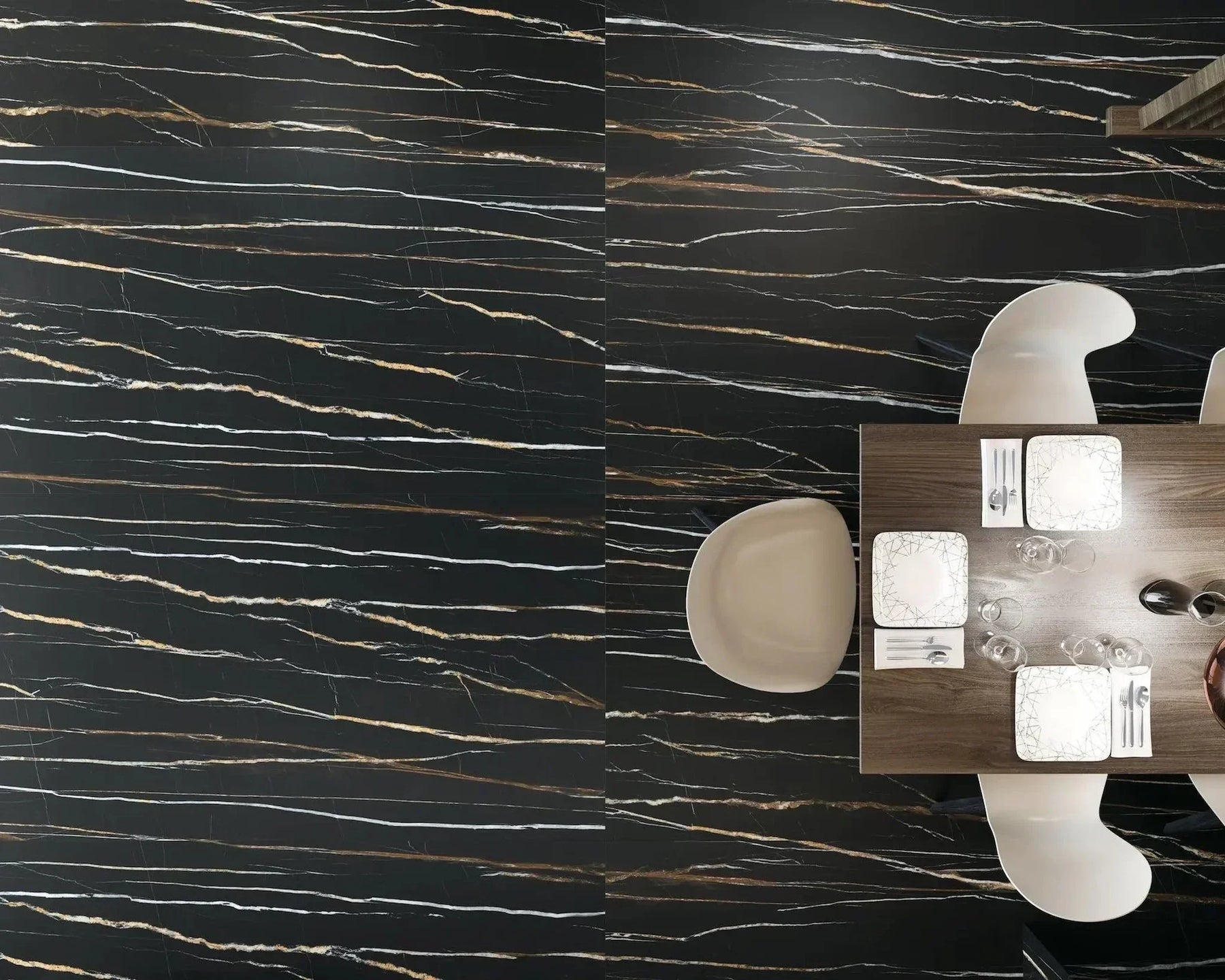
Where to shop for floor tiles?
Your home should tell the story of who you are, and be a collection of what you love." — Nate Berkus.
Floor tiles do more than cover space—they set the tone for your entire room. And with the tile market booming past $20 billion in the U.S. alone, one thing’s clear: people are serious about getting the right look and the right quality. But here’s where it gets tricky. With so many retailers—big-box chains, flashy showrooms, endless online catalogs—how do you know where to actually buy?
Not all tile stores are built the same. Some offer cheap pricing but cut corners on quality. Others overwhelm with options but leave you guessing on availability or shipping. That’s where Tiles of Europe stands out.
If you're looking for premium European tile, streamlined online ordering, and expert-level service—without the showroom markup—this is where your search should start. In this guide, I’ll walk you through exactly why Tiles of Europe has become a go-to for designers, contractors, and homeowners who care about quality and convenience. Let’s find the right tile, the right way.

Where to Find Floor Tile
You’ve got options—plenty of them. But not all are worth your time or money. If you're shopping for floor tile, you’ll likely come across three main sources:
- Big-box retailers: Convenient, yes. But inventory tends to be limited, and quality can vary.
- Local showrooms: Great for inspiration, but pricing often includes hefty markups. Plus, custom orders can take weeks.
- Online tile stores: This is where the smart money’s going.
Tiles of Europe combines the best of both worlds: premium European-quality tile, curated selections, and a streamlined digital shopping experience. You get access to top-tier ceramic, porcelain, and natural stone—without leaving your home or paying showroom prices. Their online catalog is designed for both pros and homeowners, offering real-time inventory, detailed specs, and expert support.
Pro tip: Look for online stores that clearly list lead times, show real in-room photos, and provide technical details like slip resistance and PEI ratings. Tiles of Europe checks all those boxes.

Which Floor Tiles Are Best?
"Best" depends on your space, traffic level, and design goals. Here’s a quick breakdown:
- Porcelain tile: Durable, water-resistant, and ideal for high-traffic areas like kitchens, mudrooms, and bathrooms.
- Ceramic tile: Slightly more affordable and easier to cut—great for walls or low-traffic flooring.
- Natural stone (like travertine or marble): Gorgeous and timeless, but often requires sealing and maintenance.
Always think about function first, then form. A stunning tile that chips easily in high traffic is a design regret waiting to happen.
What Floor Tile Goes with Carrara Marble?
Carrara marble has cool gray veining with a soft white base, so your floor should complement—not compete—with that elegance.
- Porcelain tile in soft gray or warm taupe is a reliable pairing. It mimics stone but offers more durability.
- Honed limestone-look tiles work beautifully if you're aiming for a high-end, European spa aesthetic.
- Avoid busy patterns or bold tones—keep the palette soft and neutral to let the Carrara shine.
What Floor Tile Goes with Subway Tile?
Subway tile is classic, but your floor choice can completely shift the vibe.
- For a modern look, go with large-format matte black or charcoal porcelain.
- Want something transitional? Try a medium-tone wood-look tile—it's warm, balanced, and versatile.
- If you're going industrial, concrete-look tile in gray or slate tones can tie everything together.
Subway tile plays well with almost anything—just make sure there’s contrast in either tone or texture to add visual depth.

What Floor Tiles Are Trending?
Tile trends in 2025 are all about texture, warmth, and personality. Here’s what’s leading the pack:
- Terracotta tones: Earthy reds and burnt orange tiles are making a strong comeback, especially in herringbone and hex patterns.
- Large-format tiles: Think 24x48 and beyond. These reduce grout lines and create a sleek, open feel.
- Stone-look porcelain: Particularly styles that mimic Calacatta, travertine, or Belgian bluestone—but with less maintenance.
- Patterned encaustic tiles: Perfect for entryways or bathrooms where you want to make a statement.
- Matte and textured finishes: Glossy is out. Tactile, natural finishes are in.
And yes—Tiles of Europe carries all of these trends, curated for style, durability, and practicality.






